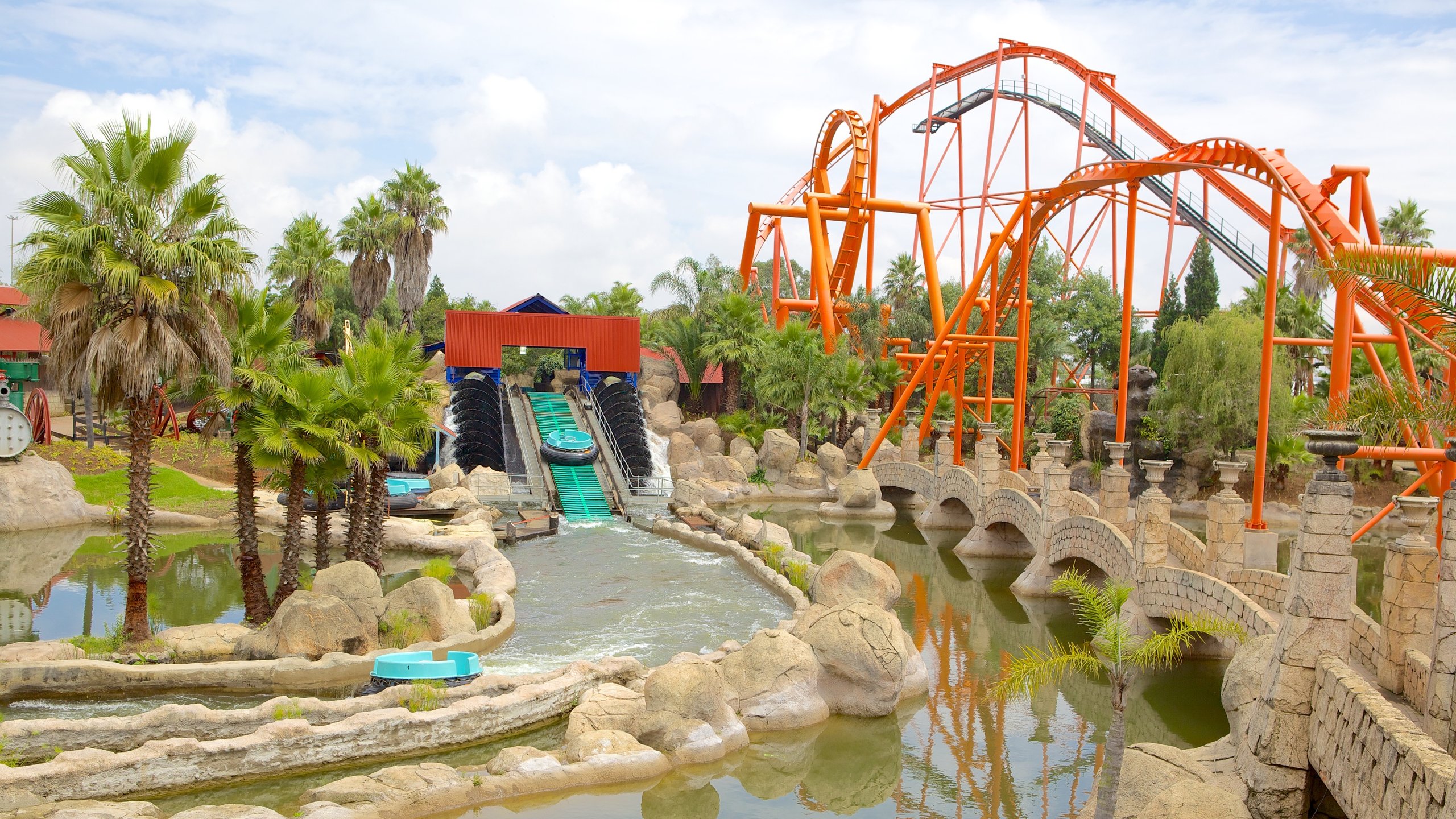Not known Facts About Johannesburg North Attractions
Not known Facts About Johannesburg North Attractions
Blog Article
What Does Johannesburg North Attractions Do?
Table of ContentsOur Johannesburg North Attractions DiariesJohannesburg North Attractions Fundamentals ExplainedThings about Johannesburg North AttractionsGetting The Johannesburg North Attractions To WorkThe Facts About Johannesburg North Attractions UncoveredNot known Facts About Johannesburg North Attractions
The city expanded on the edge of the Witwatersrand Main Coral reef, a below ground stratum of gold-bearing quartz-silica empire that arcs for hundreds of miles below the Highveld - Johannesburg North attractions. Many of the gold mines in the city stopped operation in the 1970s, yet in its day the Witwatersrand gold market accounted for even more than 40 percent of the world's yearly gold production.Johannesburg has a temperate environment. Summer temperature levels balance about 75 F (24 C); winter season temperatures balance regarding 55 F (13 C) and only sometimes dip listed below freezing. The city delights in concerning eight hours of sunshine per day in both winter months and summer. Rain averages regarding 28 inches (700 millimetres) per annum, however the total varies substantially from year to year.
What rain the city obtains falls nearly exclusively in the summertime, typically in magnificent late-afternoon electric tornados. Air pollution presents a substantial problem, particularly in the winter season, when thermal inversions hamper the westward circulation of air from the Indian Ocean. Contamination is most extreme in the densely settled Black territories on the city's periphery, where many residents still count on coal for fuel.

The 20-Second Trick For Johannesburg North Attractions
The equilibrium of the city is inhabited by whites. Accommodation varies in character and high quality.
Physical development, although rather restricted by transportation, continued rapidly as immigration to South Africa, and Johannesburg particularly, boosted drastically. This issue was addressed in the 1930s when the automobile was introduced in automation to South Africa. Vehicles were, essentially, restricted to the affluent, and allowed them to transfer to the north of the city and commute into the centre.
The majority of poor suburbs were combined, with poor blacks and whites living with each other, although the affluent suburban areas were usually scheduled for whites.
The previous system of eleven numbered areas was reorganised in 2006. Marshalltown, as seen from the top of the Carlton Centre. The M1 and M2 run behind the buildings, and the southerly suburbs expand past the highway border. The central city of Johannesburg lies within the city's Region F. The approximated populace of the region is 200,000, [] however the number of people staying in the inner city on a casual basis is unidentified, as numerous are prohibited immigrants. A lot of try this web-site higher-income homeowners and white people have transferred to the north suburbs and have actually been changed by lower-income black people. The unemployment, education and learning, and age accounts of the location are all unknown, due to the problem of getting trustworthy details about the area.
The Greatest Guide To Johannesburg North Attractions
Yeoville and Bellevue have a mix of apartment and solitary household devices on little lots. The region is situated on a hilly divide that ranges from eastern to west. One of the most conspicuous geographic feature is Observatory Ridge, which is called for the large observatory situated on it. The entertainment rooms are no more used, because of protection troubles.

10 Easy Facts About Johannesburg North Attractions Described
The eastern residential areas are some of the earliest locations of Johannesburg, there are big areas of Jewish and various other European histories, the bulk of the population is English talking. There are three golf training courses as well as a number of secured ridges with viewsites.
The area is mainly composed of old "matchbox" homes, or four-room houses built by the federal government, that were constructed to give affordable lodging for black workers during apartheid. Soweto is an abbreviation, standing for "South Western Townships". Road after street in this area is lined with matchboxes; nevertheless, there are a couple of smaller areas where prosperous Sowetans have actually constructed residences that are much more comparable in stature with those in more affluent suburban areas.
Hostels are one more famous physical function of Soweto. Originally look at here built to house male migrant employees, many have been improved as dwellings for pairs and families. The N1 Western Bypass skirts the eastern boundary of Soweto. The suburb was not historically permitted to create work centres within the location, so practically all of its citizens are travelers to various other components of the city.
Johannesburg North Attractions Can Be Fun For Anyone
The N1 Western Bypass connects the northern suburban areas with the north-western suburban areas. The suburbs in the north residential areas are mainly formal, without any substantial areas of informal real estate, or housing informative post that does not have a long-term framework. This is a well established location, there is a pattern of land usage modification from residential to industrial, specifically along major arterial roads and around established nodes.
The area is well connected to roadway networks, particularly along the north-south axis developed by the M1 and N1. Roads to the east and west are less well developed, as there are no highways travelling because direction. Towards the north border of the city, the density of advancement decreases, leaving large locations of primitive land around Midrand.
See This Report on Johannesburg North Attractions
, which is located on a hill overlooking the inner city and Hillbrow.
Report this page